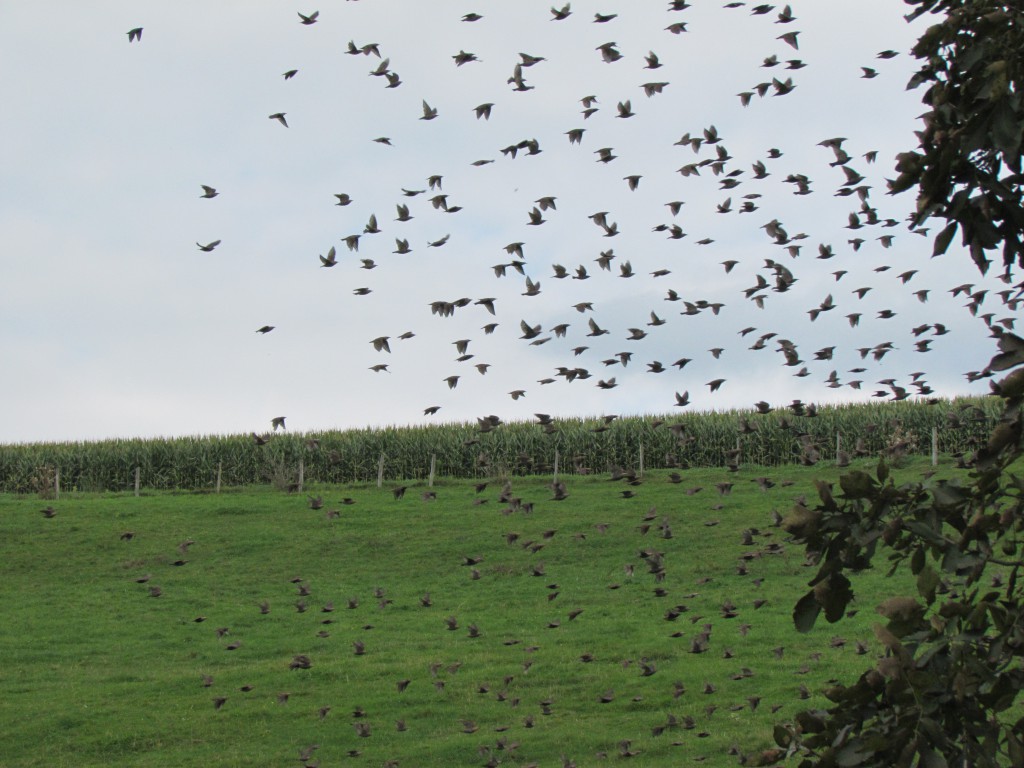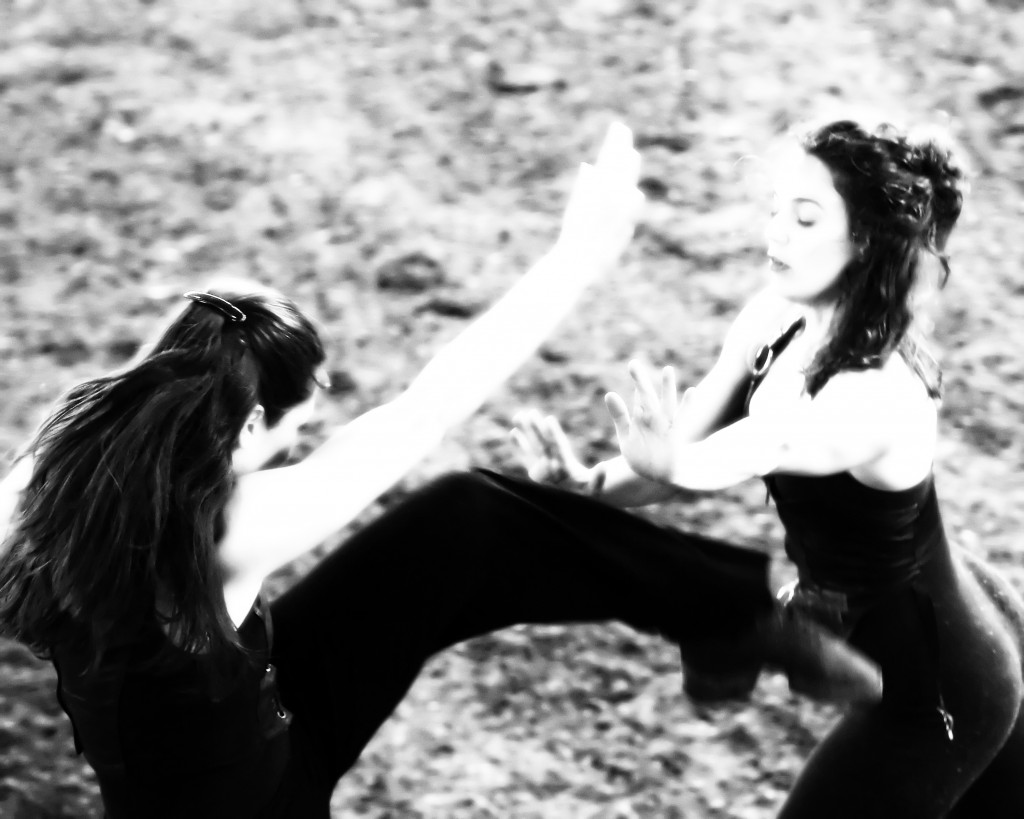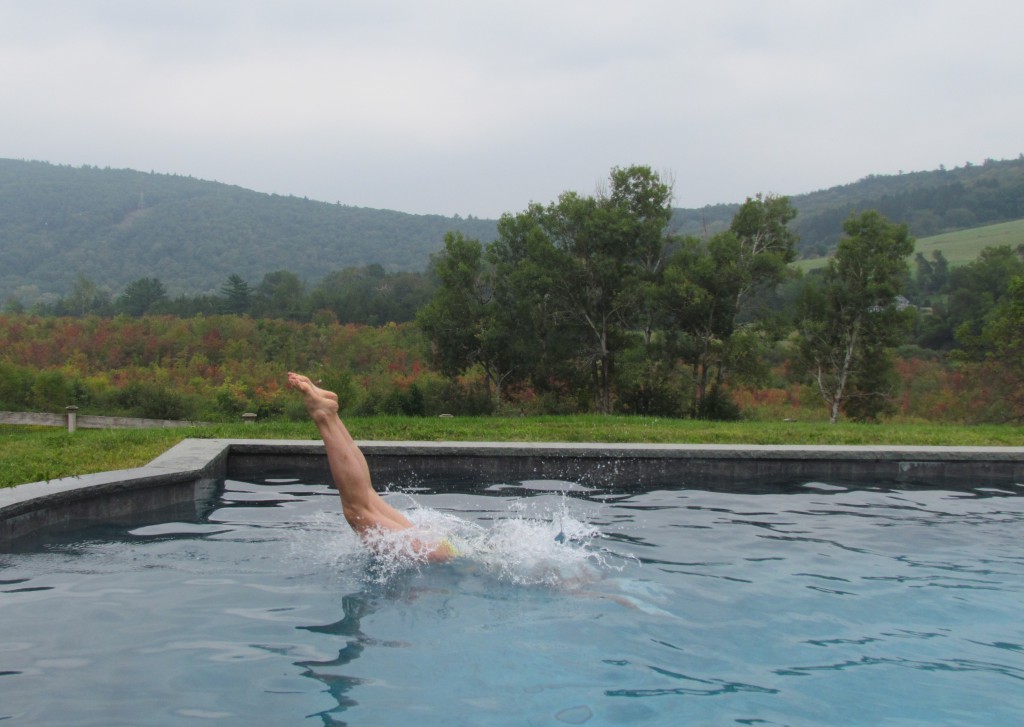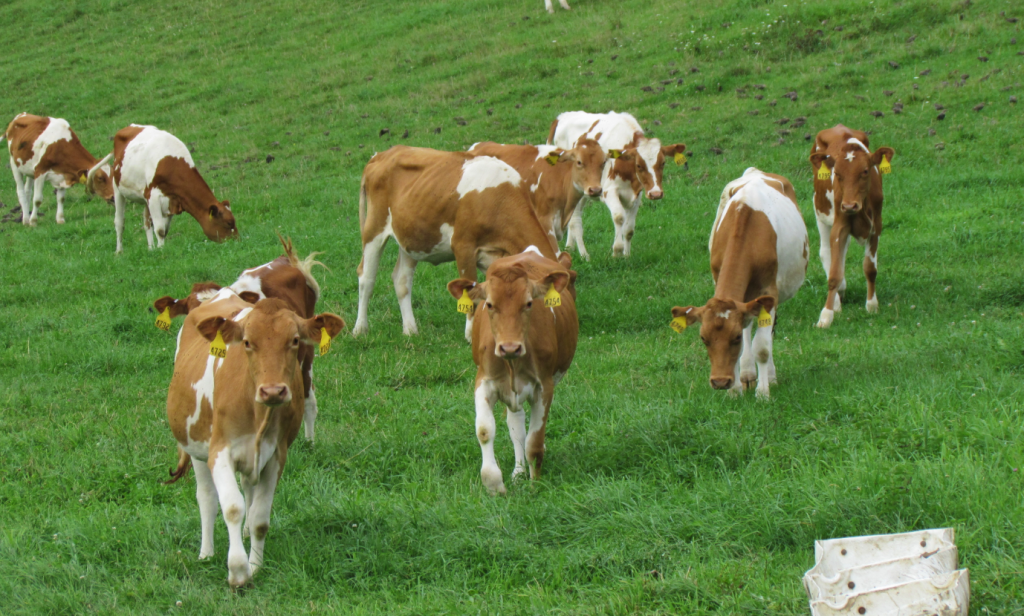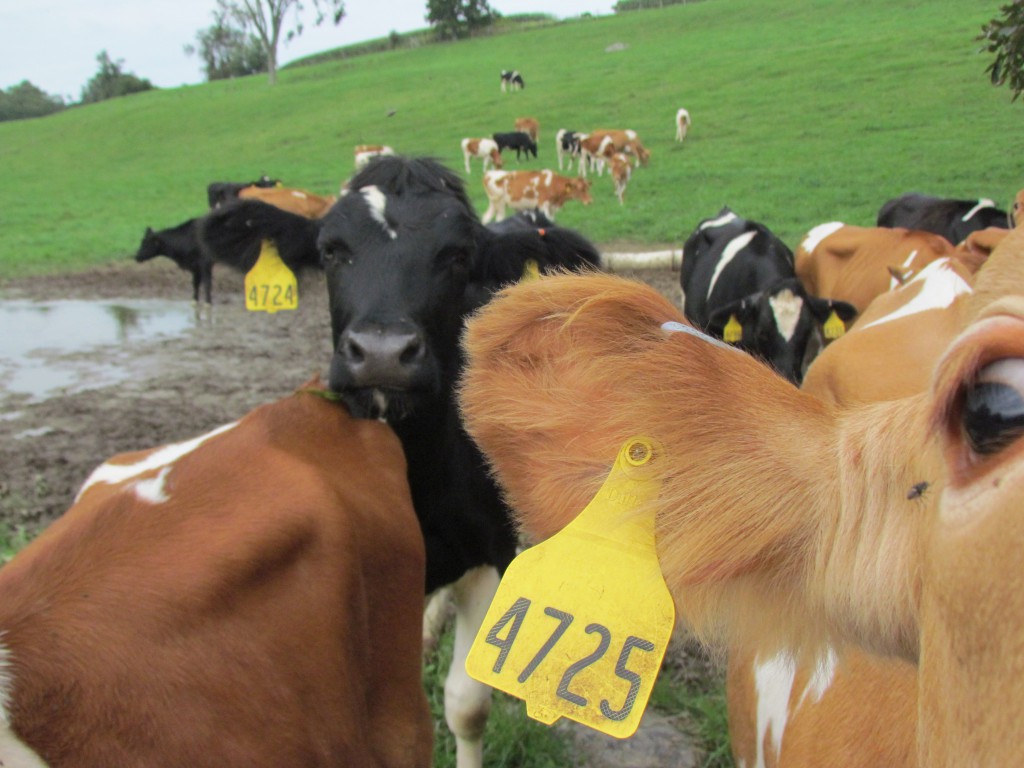What I love here is the way that each bird expresses a specific piece of the complexity of flying. Not one is the same. It reminds me of the wonderful Eadweard Muybridge “freeze frame” photographs of human and animal locomotion – each image capturing a specific phrase of motion. The birds flying is a whole cloth of flight, even though that whole is fractured into a hundred parts.
What I was aware of when I took this picture was not any of that, but the sudden whirrrrrr of their ascent, and the heart-lifting feeling as they flew off. Looking at the picture made me want to investigate the parts of my own movement. Our friend, the artist Peggy Kauffman describes seeing fawns walking as a kind of stop action movement that dissolves into fluid motion as they leap and run.
How do you experience your movement?
